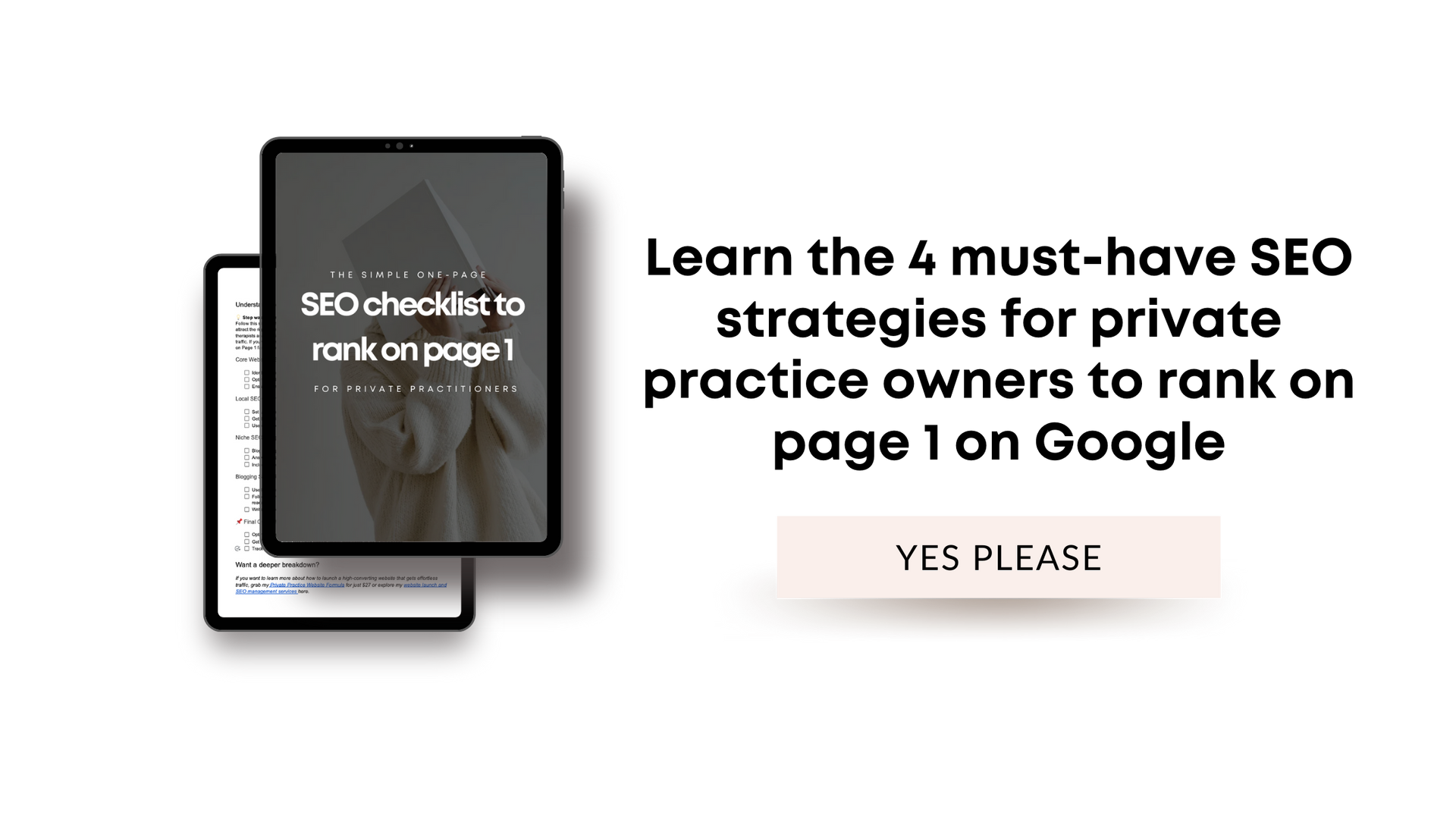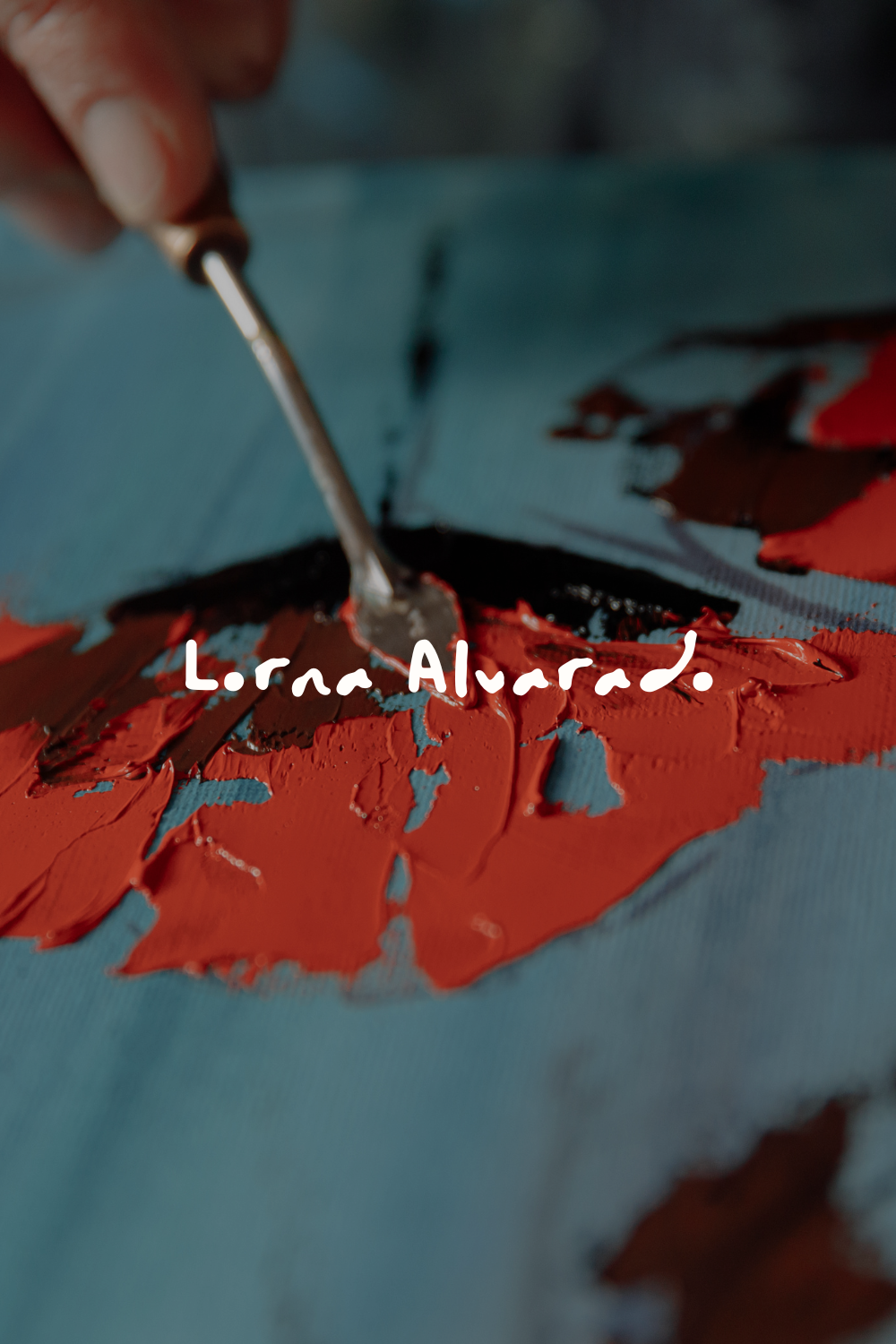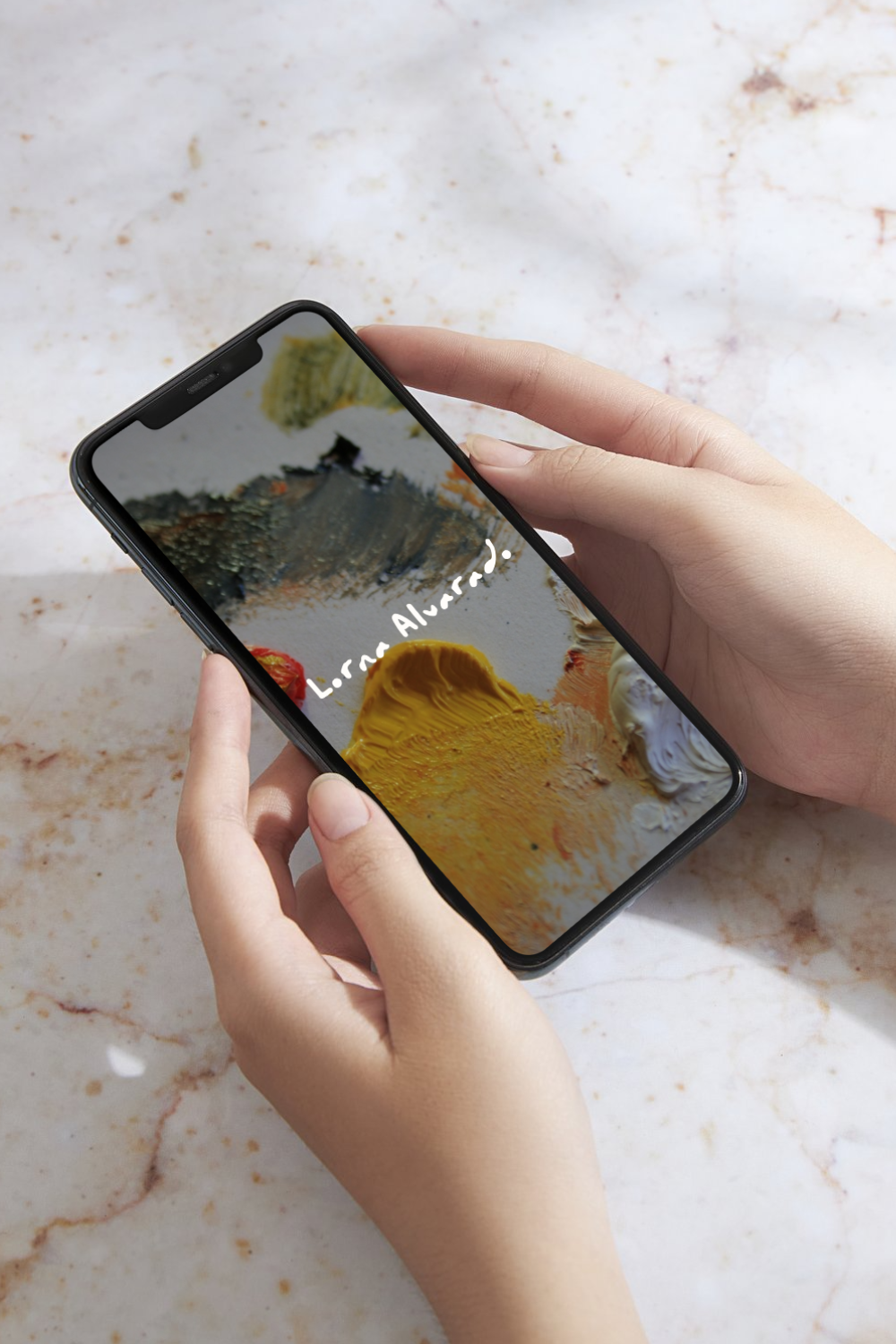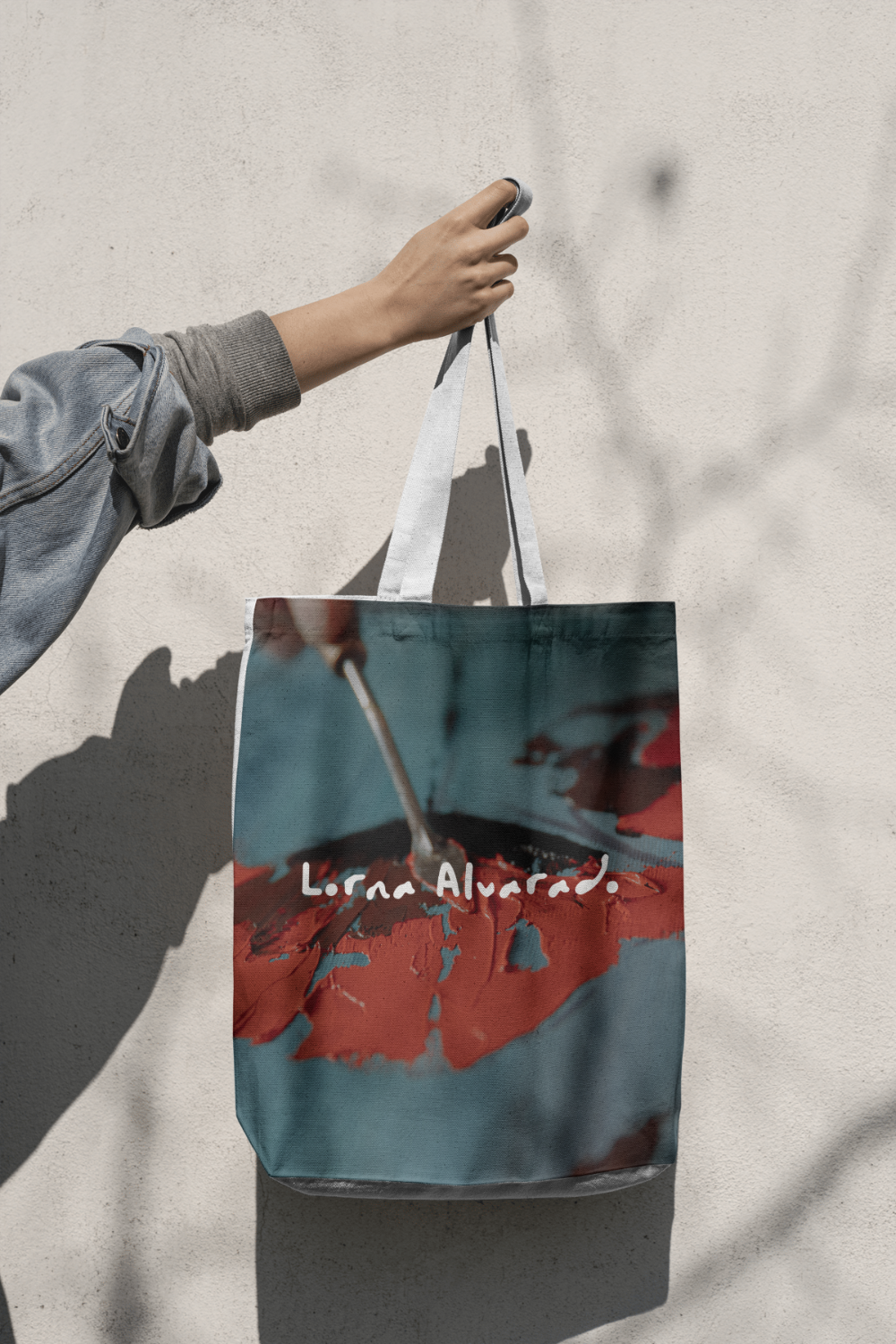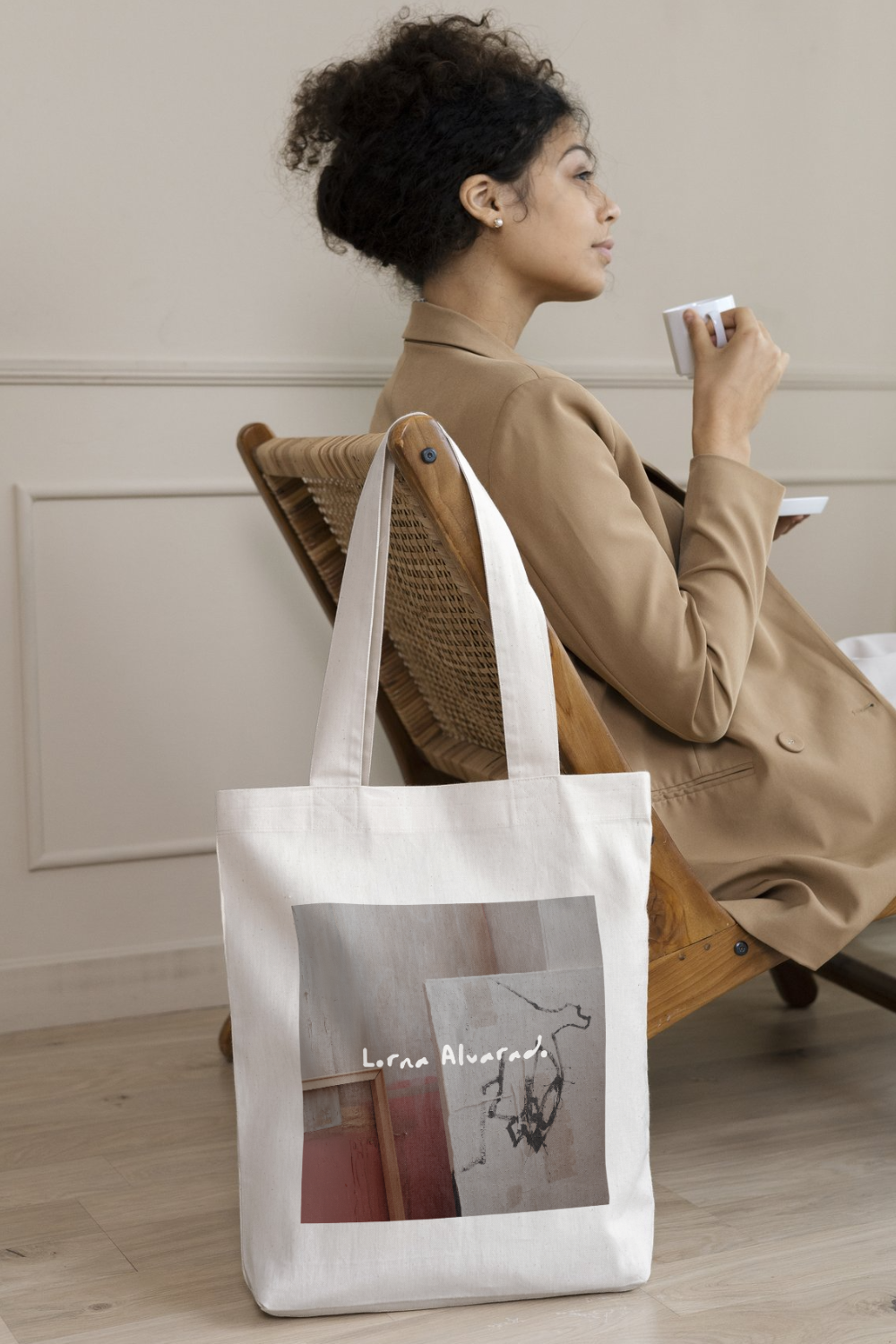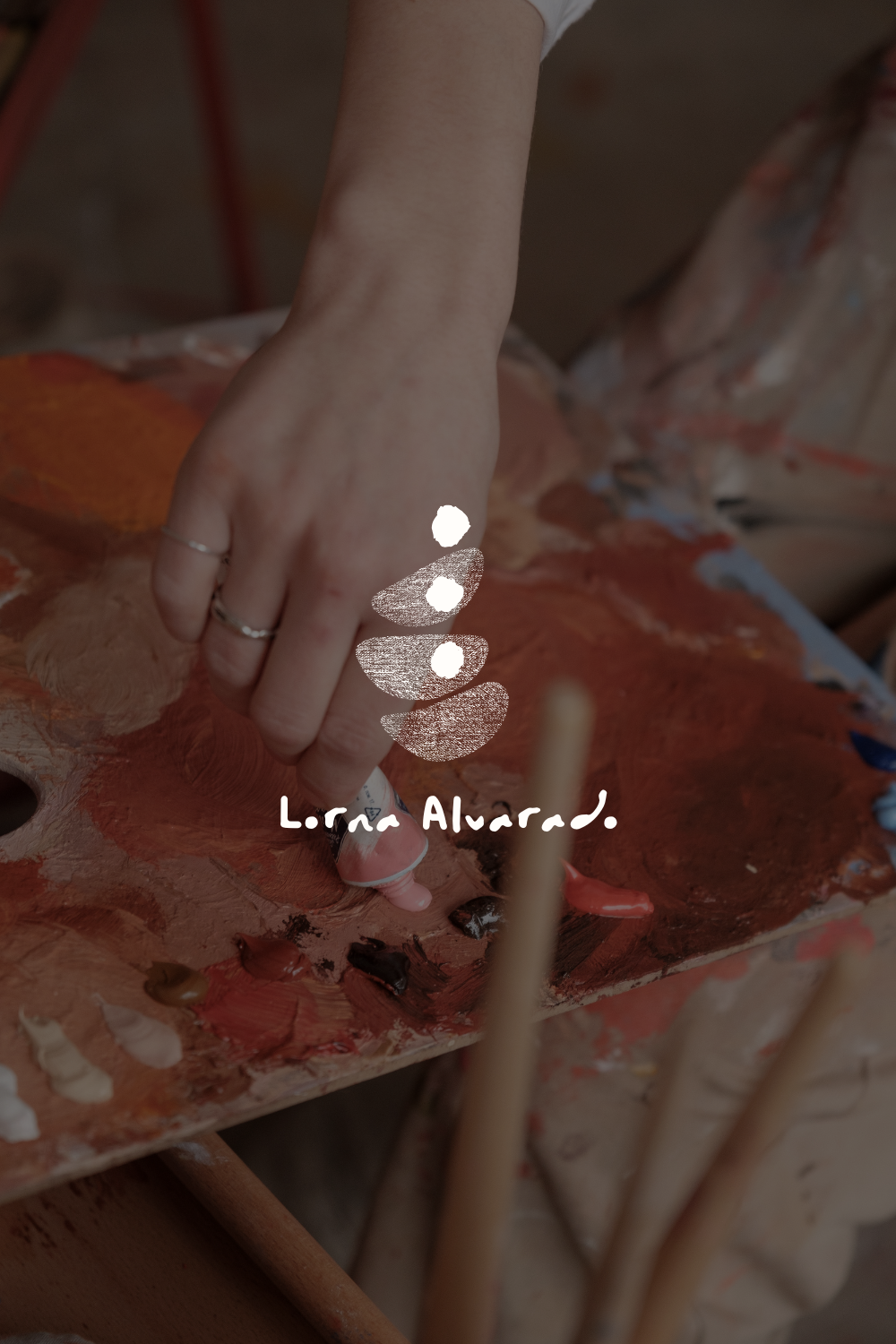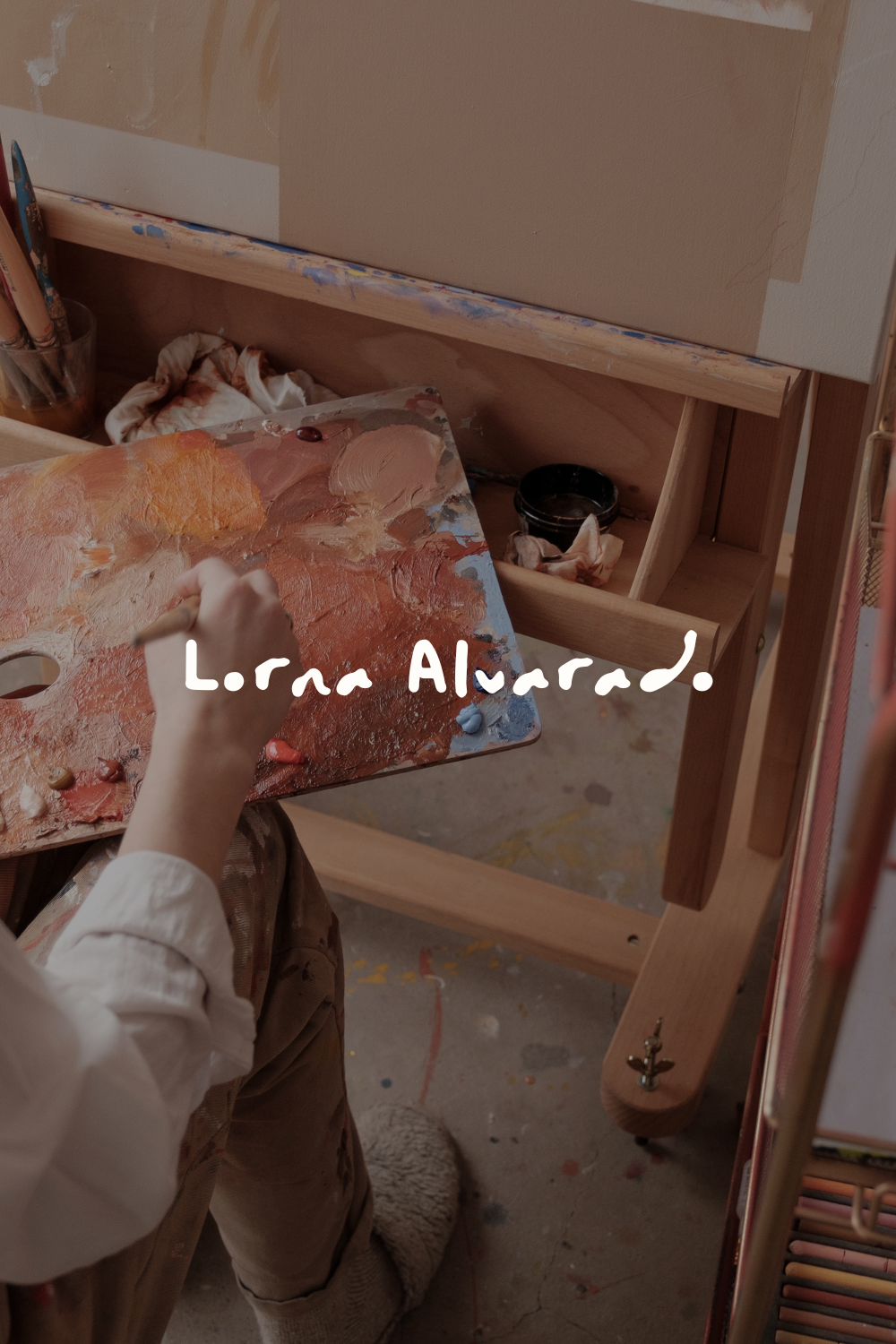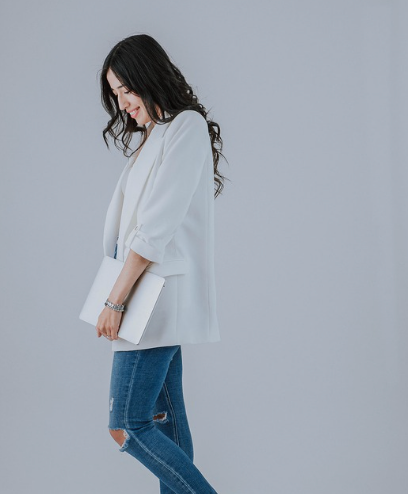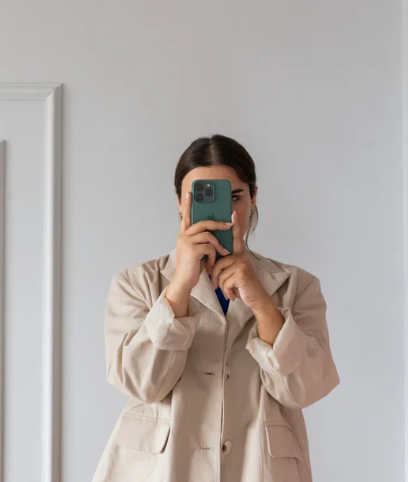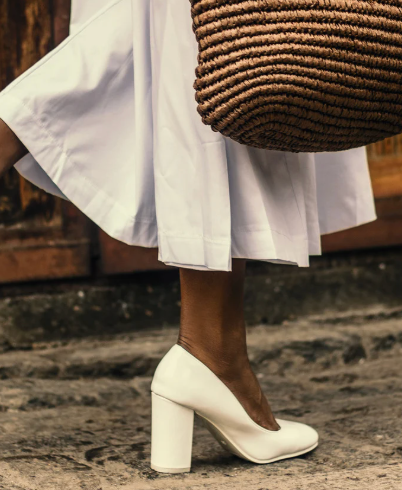Art therapy branding and logo ideas to connect your audience
As an art therapist, your work is deeply rooted in creativity, self-expression, and healing. But how do you ensure that your brand reflects these core values and connects with the right audience? Many therapists find it challenging to build a brand that not only stands out in a saturated market but also feels authentic. The goal is to create an art therapy brand that speaks directly to the clients who need your services.
If you’re unsure about how to start branding your art therapy practice, you’re in the right place. Let’s explore how to create a brand that goes beyond aesthetics and deeply resonates with clients.
By the way, I’m Natalia Maganda, a website designer for therapists . I help ambitious life coaches and mental health professionals amplify their magic, gain visibility, and simplify their marketing efforts through strategic web design and content.
Crafting a brand that speaks to your purpose
Branding your art therapy practice is more than just choosing colors and fonts. It’s about expressing your unique approach to healing and creativity through art. Here are a few foundational steps to connect your art with your brand purpose:
Who do you help?
Being clear about your target audience is essential. Art therapy often serves specific groups—children, adults, or even people dealing with trauma or specific emotional struggles. Think about how your art therapy can make an impact and tailor your brand accordingly:
- Do you work with children? Use bright, playful designs to appeal to both kids and their parents.
- Focus on trauma recovery? Opt for soothing, warm colors and a calming vibe to create a sense of safety.
- Serve diverse age groups? Consider a blend of vibrant yet grounded designs that appeal to a wider audience.
Why do you help them?
The heart of your brand lies in your "why." Why did you choose art therapy? This deeply personal reason should be the foundation of your brand message, allowing clients to connect with you on a deeper level.
Share your journey and passion for helping others heal through art. Perhaps art therapy helped you or someone close to you, creating a genuine connection that resonates with potential clients.
What makes you different?
What sets you apart from other art therapists? It could be your technique, the mediums you use, or even the personalized attention you give your clients.
- Are you innovative in using digital tools or mixed media? Highlight that.
- Do you integrate mindfulness with your art therapy sessions? Make it clear how this holistic approach benefits clients beyond just art.
6 Essential elements every art therapist needs to stand out
Your brand should reflect your values and expertise at every touchpoint. Here are the key elements:
1. Thoughtful brand name
Your brand name should capture the essence of creativity and healing. It should feel inviting and clear, like “Creative Heart Therapy” or “Artful Healing Studio,” immediately giving potential clients a sense of what to expect from your practice. Whether you focus on emotional growth, trauma recovery, or children’s art therapy, your name should speak to the specific journey your clients will embark on with you.
2. A meaningful art therapy logo
Your logo isn’t just a decorative piece—it’s the first visual impression clients have of your practice. Incorporate elements that reflect your work:
- Use paintbrushes, palettes, or abstract strokes to symbolize creativity and expression.
- Opt for calming colors like blues and greens, or vibrant, uplifting hues depending on the emotional tone you want to set.
3. Business cards that leave a lasting impression
Business cards still hold weight. Create a card that’s an extension of your brand. Keep the design aligned with your logo and brand colors. Use it as a chance to share a quote or visual that represents your practice’s core values.
4. Client marketing assets
Educational brochures, welcome packets, or digital guides that explain your services are essential. Consistency is key—use the same design elements across all materials. These assets are not just informative but should be visually engaging and reflect your art therapy philosophy.
5. Social media marketing assets
Social media is a powerful way to showcase your practice. Use platforms like Instagram to share your creative process, inspirational art, and client stories (with permission). Your social media presence should be a direct extension of your brand, providing insight into your approach and offering a space for engagement with your audience.
6. On-brand website
Your website should be the heart of your digital presence, creating a welcoming and calming space for potential clients. Use your site to share personal stories, a blog, and clear service descriptions, highlighting what makes you unique. Keep the design clean and easy to navigate, with colors and visuals that evoke both creativity and tranquility.
The impact of marketing the importance of art in your practice
As an art therapist, you’re already standing out by choosing a niche that centers on creativity and self-expression as a form of healing. However, it’s essential that your branding communicates the importance and impact of using art as a healing method.
When potential clients come across your brand, they need to understand not just what you offer, but why art is a powerful tool for healing. Make sure your branding reflects that:
- Use visuals that evoke the transformative power of art.
- Ensure your marketing communicates the emotional and psychological benefits of art therapy, making it clear why this unique approach is effective.
Inspiring examples of art therapy branding and logo ideas
Creating a visual identity for your art therapy practice requires careful attention to colors, typography, and design elements that resonate with your audience. Here are some essential tips to ensure your branding truly reflects your therapeutic approach.
Colors that reflect creativity and calm
Colors play a critical role in setting the tone for your practice. Soft blues, purples, and pinks are ideal for art therapy, as they evoke a sense of calm, trust, and emotional safety—exactly what your clients need when seeking healing. By incorporating muted pastels with vibrant accents, you can balance tranquility with creativity, signaling to clients that your space is both a haven for healing and a canvas for personal growth.
For instance, if your practice emphasizes emotional release through creative expression, adding brighter hues like oranges or yellows can symbolize the breakthroughs and transformations your clients will experience. The key is to create a color palette that feels inviting and reflective of the healing process you guide your clients through.
Typography that communicates expression
Typography can subtly convey the heart of your brand’s message. For an art therapy practice, combining playful, handwritten fonts with clean, modern typography can create a perfect balance of creativity and professionalism. Handwritten or brushstroke fonts hint at artistic expression and personal touch, while a simple, legible font ensures your materials are accessible and professional.
This contrast allows your brand to embody both the freedom of artistic exploration and the groundedness of therapeutic support. By carefully choosing your fonts, you ensure that your brand feels approachable, expressive, and credible—qualities that will resonate with your clients.
Visual elements that reflect art and healing
Incorporating subtle visual elements like abstract forms, paint strokes, or flowing lines into your logo and branding can communicate the essence of art therapy without being overly literal. Abstract designs evoke movement, emotional flow, and creativity, which are central to the therapeutic process.
Consider using shapes and symbols that represent transformation and growth, such as spirals or gentle waves. These visual cues help potential clients immediately understand the healing power of your practice, making your brand memorable and emotionally impactful.
Create a brand that reflects your passion for healing through art
Your art therapy brand should be more than just a collection of visual elements—it should tell a story. When clients interact with your brand, they should feel the passion, creativity, and care you bring into every session. A cohesive, thoughtful brand will not only attract clients but will also communicate the impact of your work as a healer.
Ready to create a brand that amplifies your art therapy practice? Let’s collaborate! Explore my web design services for therapists to get started today!
Related reads:
- The ultimate guide to branding your therapy and private practice
- 40 therapist headshots and photoshoot ideas
- 40 therapist office ideas and tips for branding your calm space
- 10 simple ways to get more therapy clients for your private practice
20 modern therapist logo ideas - 10 therapist business card ideas
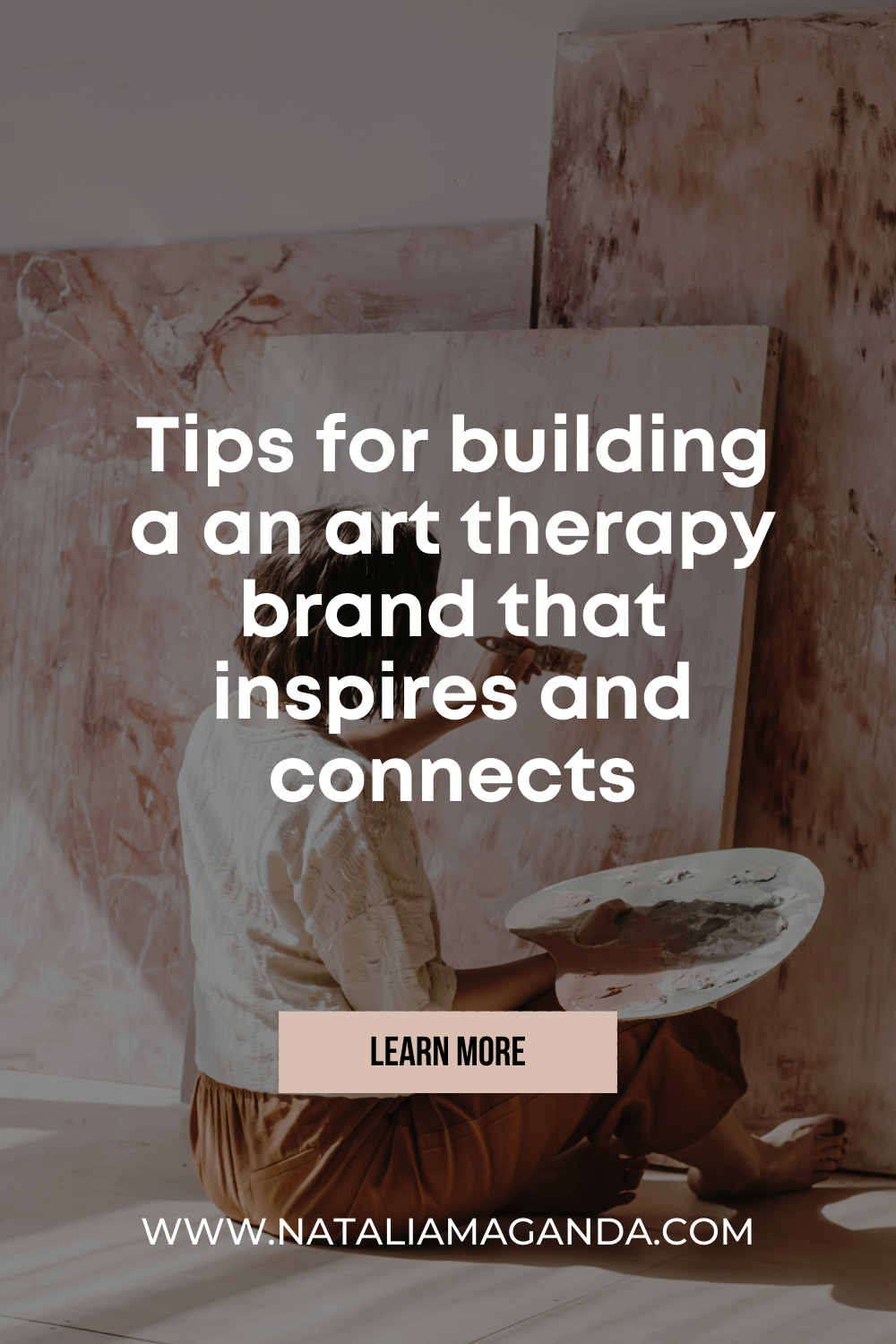
* AI Disclosure: This content may contain sections generated with AI with the purpose of providing you with condensed helpful and relevant content, however all personal opinions are 100% human made as well as the blog post structure, outline and key takeaways.
* Affiliate Disclosure: Some of the links on www.nataliamaganda.com may contain affiliate links meaning that I will get a commission for recommending products at no extra cost to you.

hello! i'm natalia
Latina, web design expert for mental health professionals.
I help ambitious life coaches, therapists and holistic leaders amplify their magic, gain visibility, and simplify their marketing efforts through strategic web design and content.
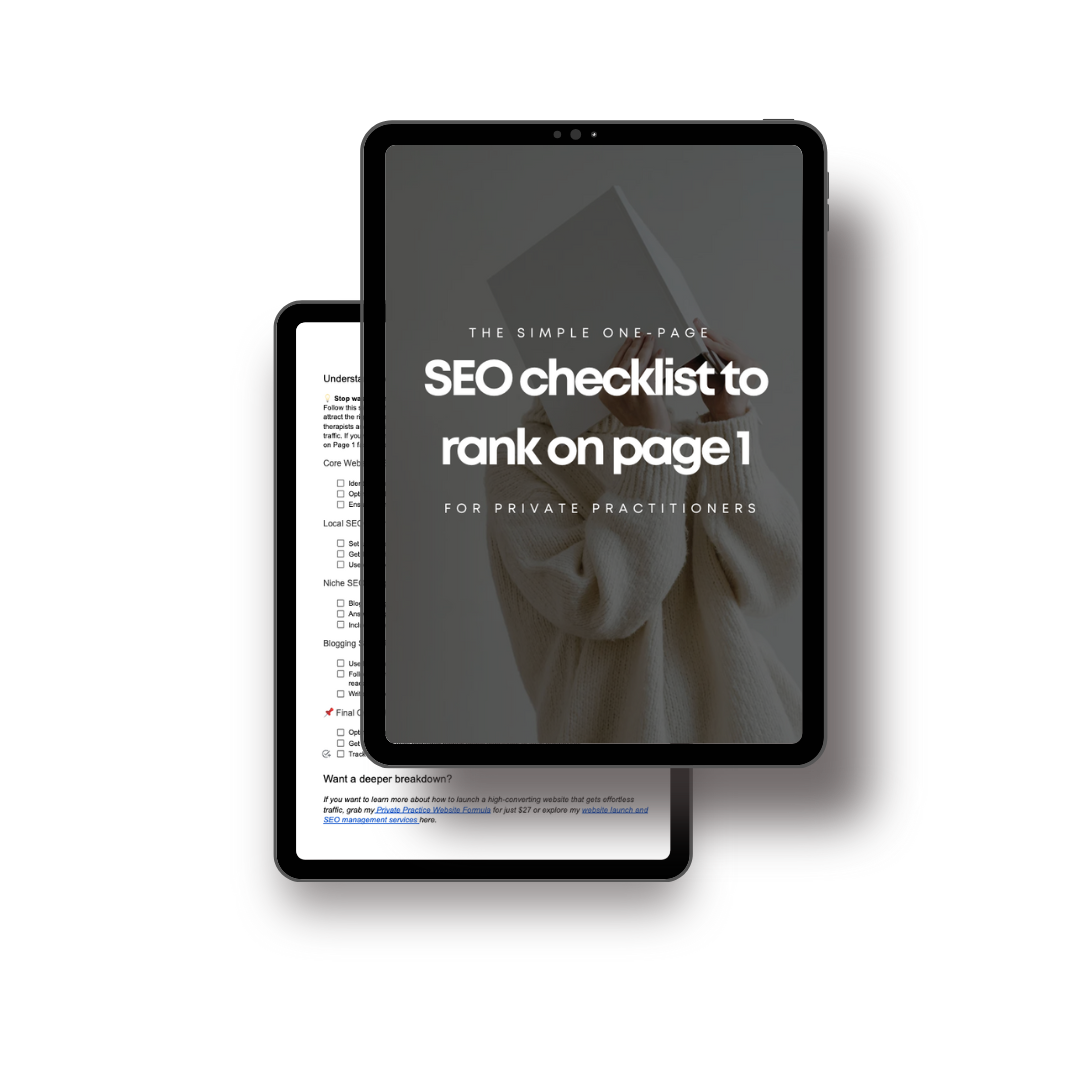
The world needs more holistic healing and LIFE coaching
I get to help hundreds of people live their best lives and thrive every time I help people like you, launch a website.

Bilingual strategic web designer for mental health professionals, life coaches & holistic practitioners. We are located in Mexico serving USA & Worldwide. Contact |
All Rights Reserved | Natalia Maganda | Privacy Policy


